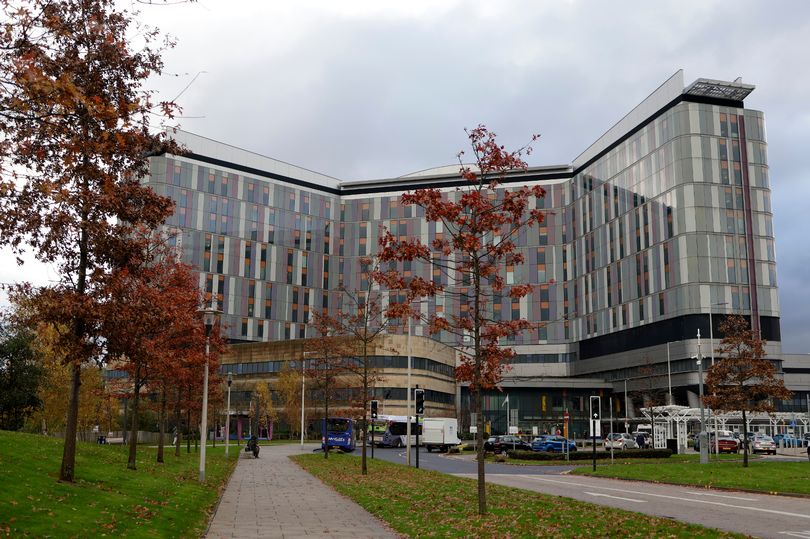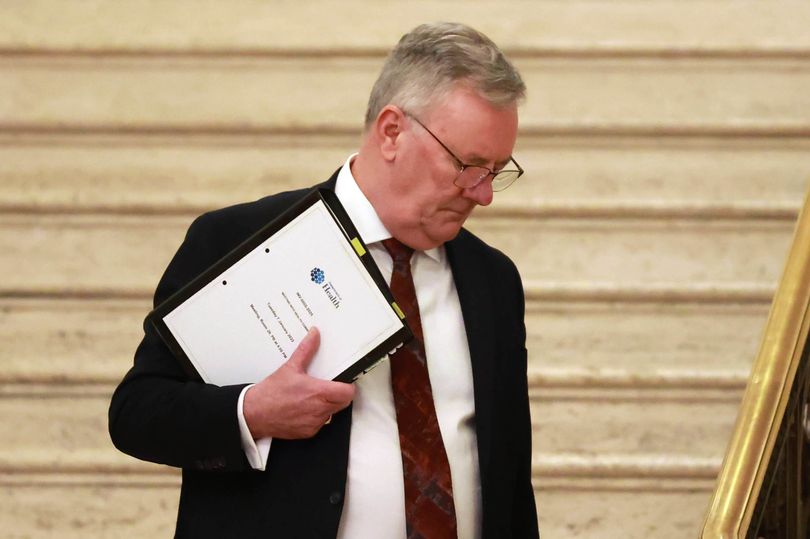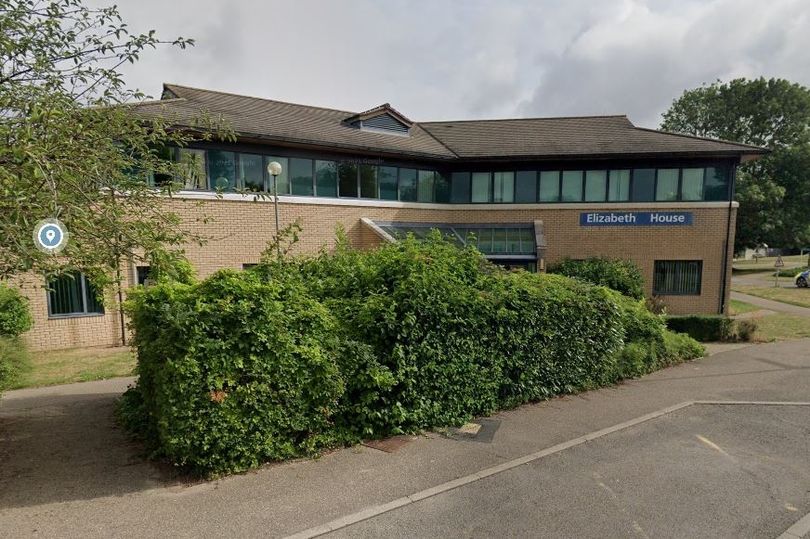
QEUH Scandal: Taxpayers’ £78m Hospital Blunder.

Queen Elizabeth University Hospital: A Decade of Scandal and Repair
The Queen Elizabeth University Hospital (QEUH) in Glasgow, a superhospital that cost £842 million to construct, has been plagued by controversy and escalating costs since its grand opening ten years ago. While the opening ceremony, attended by the late Queen Elizabeth, was a moment of pride, it quickly devolved into a nightmare for numerous patients who contracted rare infections while receiving treatment.
Since July 2015, significant sums of public money have been channelled into addressing the hospital’s failings. The Scottish Government, NHS Glasgow and Greater Clyde (NHSGGC), and NHS National Services Scotland have collectively spent at least £78 million on repairs, safety enhancements, and a comprehensive public inquiry into the construction of both the QEUH and the adjacent Royal Hospital for Children (RHC).
Breakdown of Expenditure
The staggering £78 million expenditure can be broken down as follows:
- Ventilation in Child Cancer Ward: Nearly £10 million was allocated to rectify ventilation issues within a ward dedicated to treating children with cancer.
- Tap Filters: £6 million was spent on installing tap filters to address water contamination concerns.
- Water and Air Testing: £880,000 was invested in rigorous testing of water and air quality within the hospital.
- Internal Atrium and Roof Repairs: £17 million was used to repair the internal atrium and roof of the facility.
- Grenfell-Style Cladding Removal: £4 million was required to remove cladding similar to that used on Grenfell Tower, due to fire safety concerns.
- Public Inquiry Costs: The ongoing public inquiry, including legal representation for the NHS and government, has already cost approximately £32 million.
It’s crucial to note that this substantial figure doesn’t account for the ongoing £91 million lawsuit filed by NHSGGC against Brookfield Multiplex, the hospital’s construction firm.
Political Fallout and Calls for Accountability
The situation has ignited a political firestorm. Anas Sarwar, the Scottish Labour leader, has described the hospital saga as “the single biggest scandal in the devolution era” and demanded that those responsible face prosecution. He argues that the scale of the failings, the cover-ups, and the devastating impact on patients and their families warrant the strongest possible action.
Families’ Enduring Trauma
Beyond the financial implications, the human cost of the QEUH scandal is immeasurable. Families continue to grapple with the trauma of their experiences at the hospital over the past decade.
David Campbell, whose 11-year-old son James was treated for cancer at the hospital in 2018, shared his harrowing experience. James received infection-preventing drugs without his family’s knowledge, during a period when concerns about ventilation and rare infections were at their peak. Now, seven years later, James is battling a recurrence of his cancer and is once again receiving treatment at the RHC.
David expressed his anguish, stating, “We were told it was safe in 2018, and now we know it wasn’t. We’re being told it’s safe now. What do I tell my son?” He added that James is now more aware of the risks and frequently asks if the hospital is safe. Despite trusting his son’s doctor, David remains deeply concerned about the safety of the building itself.
He had previously spoken out about his concerns in the hope of preventing other families from experiencing similar suffering. He lamented that despite assurances of change, he feels that the same problems persist, along with a “bad attitude” from the health board management.
Corporate Homicide Probe
For the first time in Scotland, NHSGGC is under investigation for corporate homicide in connection with the deaths of four patients at the hospital campus, including young Milly Main, aged 10, and Gail Armstrong, aged 73, both of whom were cancer patients.
Sarwar’s Outspoken Criticism
Sarwar has been particularly critical of the lack of accountability for those involved in the hospital’s failings. He argues that individuals responsible for the design, construction, and operation of the hospital, as well as those in positions of authority when the tragedies occurred, have escaped consequences, often retiring with substantial pensions and unblemished reputations.
He went on to say that the £78 million spent on the scandal is excessive, but the human cost is immeasurable. He highlighted the case of Milly Main as an example of a loss that can never be rectified, regardless of apologies or compensation. He also criticised the system for being rigged against victims, forcing families to constantly fight an institution that prioritises self-preservation over transparency and accountability.
Ongoing Concerns about Ventilation
In March, solicitors involved in the Scottish Hospitals Inquiry stated their belief that the QEUH’s ventilation system remains unsafe and defective, a claim that NHSGGC disputes.
NHSGGC’s Response
An NHSGGC spokesperson acknowledged the concerns of families and reiterated their commitment to supporting the ongoing inquiry. They admitted that the hospital’s specification and quality fell short of expectations and confirmed that legal proceedings are underway.
NHSGGC also stated that they have taken “significant action to reduce environmental risks” at the QEUH and RHC, and that the sites have “better mortality rates than predicted” with healthcare-associated infections “in line with or below the national average.”
They emphasized their ongoing focus on patient safety and high-quality care.
Government Response
Health Secretary Neil Gray rejected Sarwar’s “characterisation” of the situation. He expressed his condolences to the families who have lost loved ones at the Queen Elizabeth University Hospital and emphasized the ongoing independent inquiry into the hospital’s construction. He pledged that the government would address the inquiry’s findings openly and honestly.
Gray acknowledged the significant challenges at the hospital, as well as across the NHS, but maintained that most patients receive professional, high-quality care from the staff at the Queen Elizabeth.






